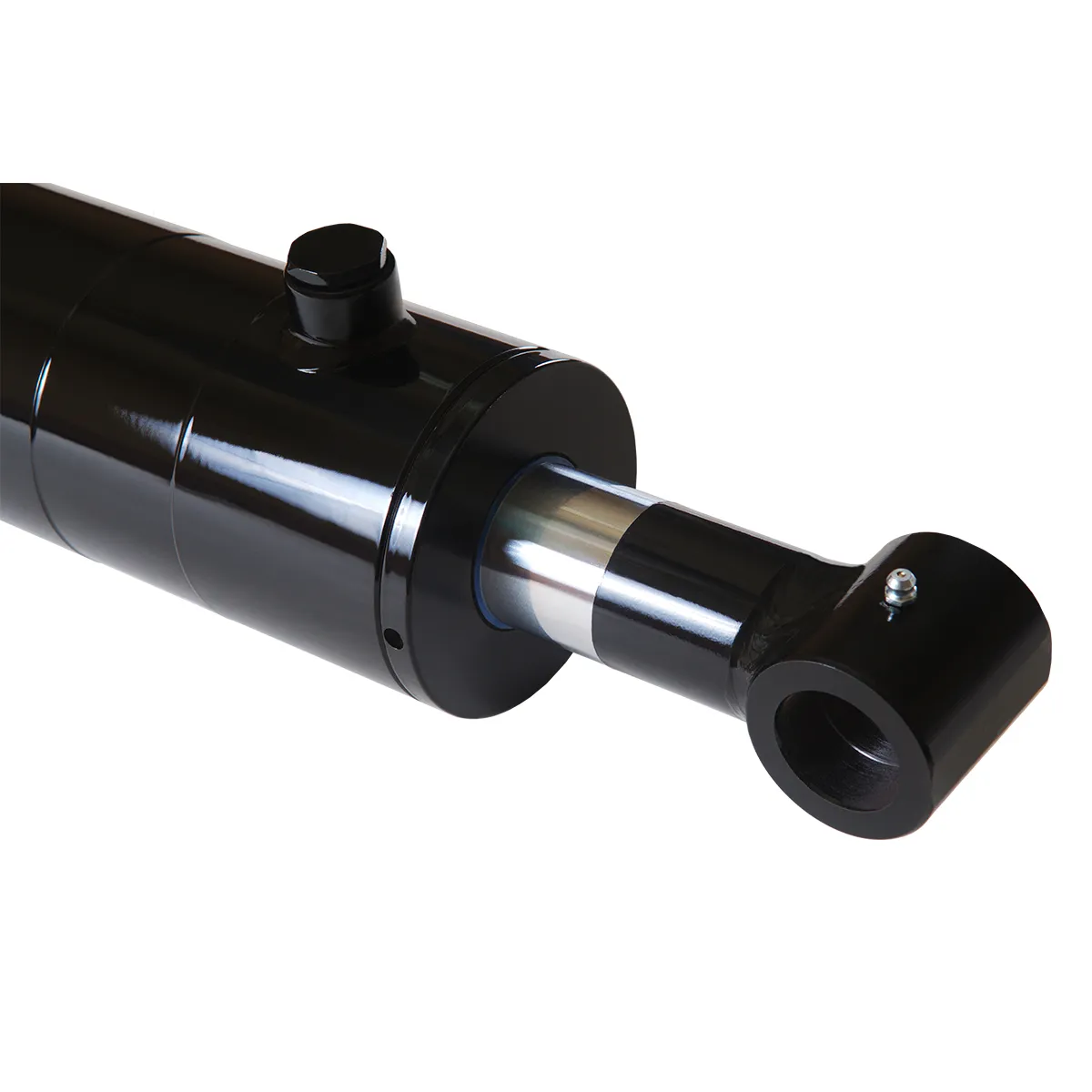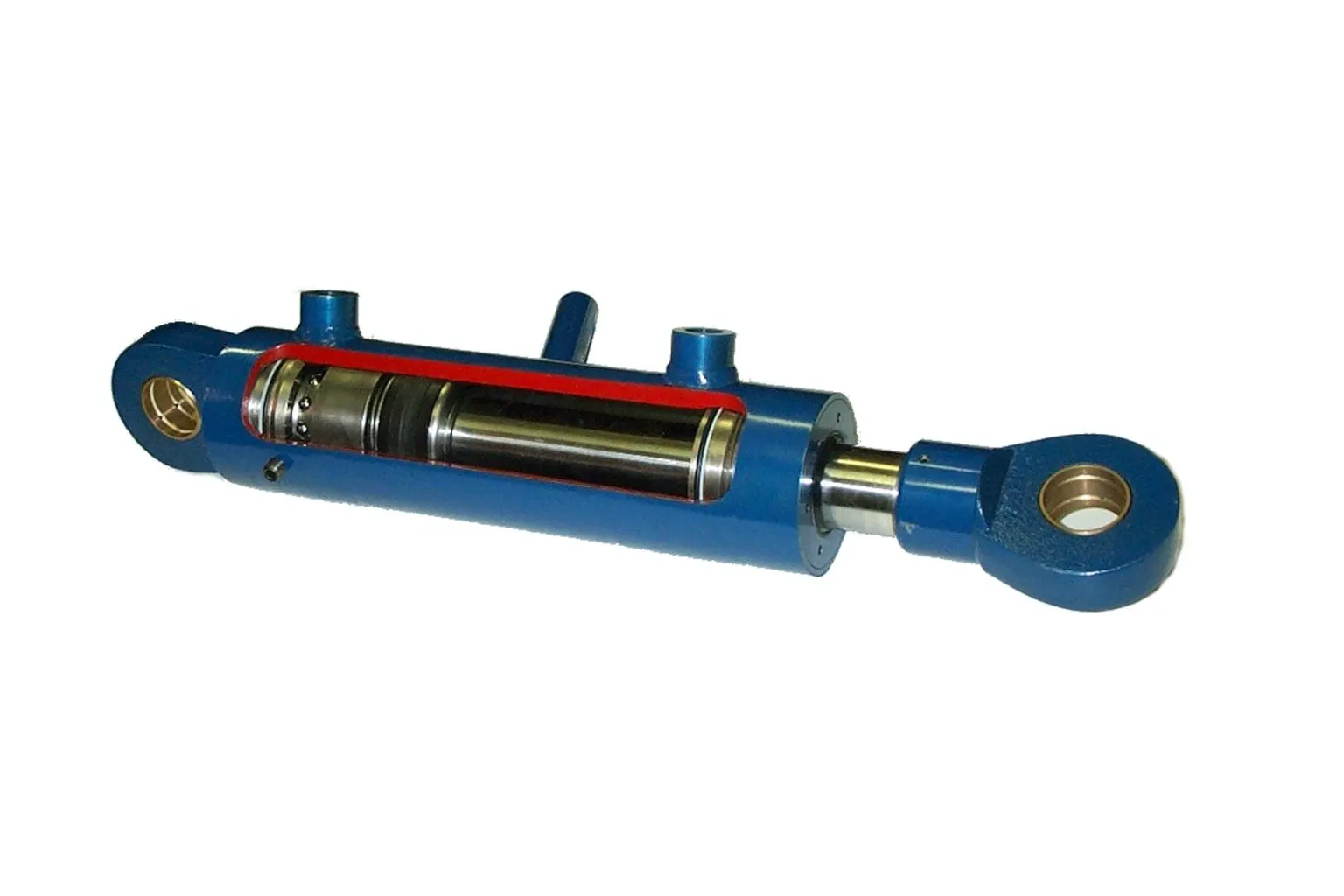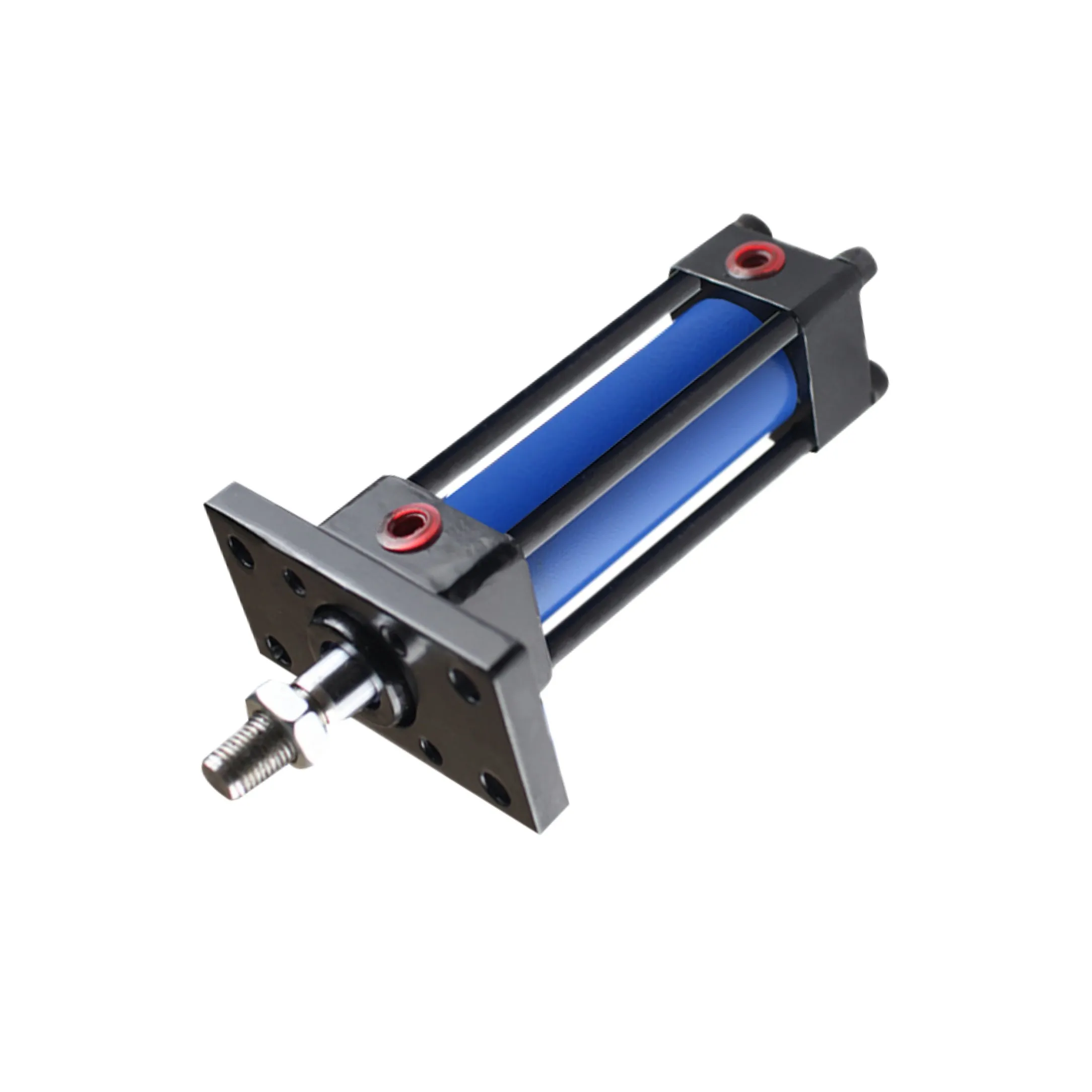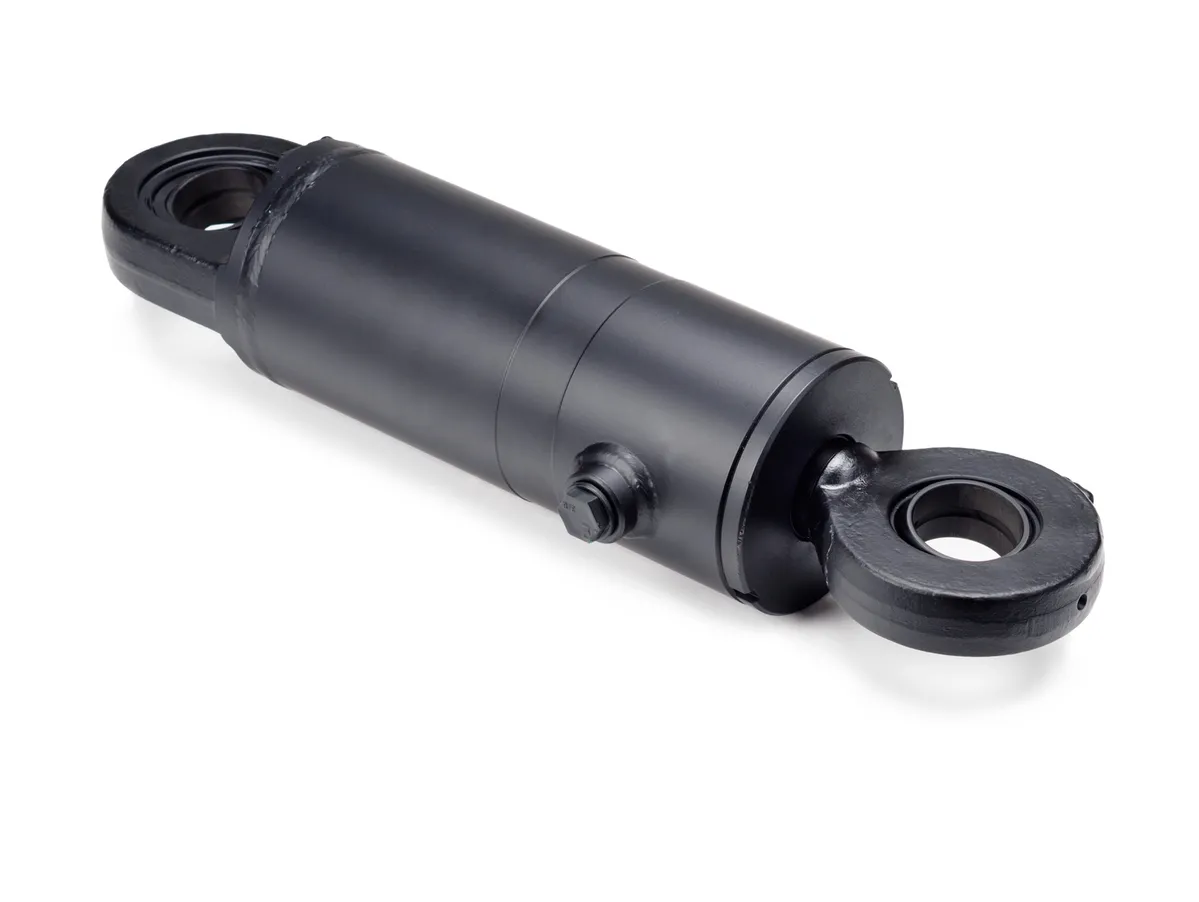Unlocking the Potential: Applications of Locking Single-Acting Hydraulic Cylinders in Heavy Equipment
Introduction
Locking single-acting hydraulic cylinders are a crucial component in heavy equipment, providing stability and safety in various applications. These cylinders operate under hydraulic pressure in one direction and feature a locking mechanism to prevent movement in the absence of pressure. Let’s delve into the design, construction, working principle, and benefits of these essential components.

Design and Construction Characteristics
Locking Mechanism – Safety

The primary feature of locking single-acting hydraulic cylinders is their locking mechanism, ensuring the piston remains securely positioned even when hydraulic pressure is lost. This mechanism can be mechanical or hydraulic, offering added safety in heavy equipment operations.
Variety
The design of the locking mechanism can be customized to suit specific applications, utilizing spring-loaded devices, pin locks, or other mechanical locks. This versatility allows for tailored solutions in various equipment settings.
Compact Structure – Space Optimization
Locking single-acting hydraulic cylinders are designed to be compact, making them ideal for space-limited environments in heavy equipment. Their precision manufacturing ensures high performance and reliability even in demanding conditions.
Working Principle
The working principle of locking single-acting hydraulic cylinders involves a unique mechanism that prevents retraction under load. When hydraulic oil is pumped into the chamber, the cylinder extends, pushing the piston outward. The locking function, whether mechanical or hydraulic, ensures the piston remains in place, enhancing safety and reliability.
Types and Configurations
There are three main types of locking single-acting hydraulic cylinders, each offering specific configurations to meet diverse application requirements. These variations cater to a wide range of heavy equipment needs, providing customized solutions for enhanced performance.
Benefits
Locking single-acting hydraulic cylinders offer several advantages in heavy equipment applications:
Enhanced Security
The locking feature reduces the risk of accidental retractions, improving operator safety in high-pressure environments.
Reliability
Designed to operate effectively under varying loads and conditions, these cylinders ensure consistent performance and durability in heavy equipment settings.
Simplicity
Easy to operate and maintain, locking single-acting hydraulic cylinders are user-friendly and versatile, making them a preferred choice for many heavy equipment applications.
Application Scenarios
Construction Equipment
Commonly used in cranes, hoists, and lifts, locking single-acting hydraulic cylinders provide secure fixation for heavy objects during construction operations.
Manufacturing
In manufacturing settings, these cylinders are utilized in presses to form materials under high pressure, ensuring stability and safety during processing.
Transportation
Stabilizers and jacks in transportation vehicles leverage locking single-acting hydraulic cylinders to ensure safety during maintenance and transportation activities.
Aviation
For aviation applications, these cylinders play a critical role in the landing gear system, securely fixing the landing gear in place during takeoff and landing for enhanced safety.
Design Considerations and Selection Criteria
When choosing locking single-acting hydraulic cylinders for heavy equipment, factors such as bearing capacity, sealing, durability, safety, and maintainability must be carefully considered. Each design element plays a crucial role in ensuring optimal performance and reliability in demanding environments.
Sealing and Lubrication
Proper sealing and lubrication are essential for the efficient operation of locking single-acting hydraulic cylinders. Utilizing high-quality seals and lubricants, along with regular maintenance practices, enhances the longevity and performance of these critical components.
Regular Inspection and Maintenance
To maximize the lifespan of locking single-acting hydraulic cylinders, regular inspection and preventive maintenance measures are recommended. By following a structured maintenance schedule, potential issues can be identified and addressed promptly, ensuring uninterrupted operation of heavy equipment.
Installation Guide
Correct installation of locking single-acting hydraulic cylinders is crucial for optimal performance. Following manufacturer guidelines and best practices, including proper alignment and mounting, ensures safe and efficient operation of these components in heavy equipment settings.
Maintenance Tasks
Three essential maintenance tasks for locking single-acting hydraulic cylinders include regular inspection, proper lubrication, and seal replacement. By adhering to these maintenance procedures, the service life of the cylinders can be extended, minimizing downtime and costly repairs.
Safety Considerations
Emphasizing safety measures and environmental factors when using locking single-acting hydraulic cylinders is paramount. By implementing proper safety protocols and considering environmental impacts, potential risks can be mitigated, ensuring safe operation in heavy equipment applications.

Fault Diagnosis and Common Problems
Identifying and addressing common issues with locking single-acting hydraulic cylinders is essential for maintaining optimal performance. By understanding fault diagnosis and troubleshooting solutions, operators can minimize downtime and enhance equipment reliability.
Unit Power
The unit power of locking single-acting hydraulic cylinders directly impacts performance and efficiency in heavy equipment applications. Factors such as cylinder diameter, stroke, operating pressure, piston speed, and load conditions influence the overall power output, requiring careful consideration during system design and operation.
Optimizing Power Unit
Optimizing the power unit of locking single-acting hydraulic cylinders offers multiple benefits, including improved efficiency, energy savings, and enhanced reliability. By strategically managing power output and operational parameters, heavy equipment performance can be optimized for maximum productivity.
Questions and Answers
How does the locking mechanism in a single-acting hydraulic cylinder work?
The locking mechanism in a single-acting hydraulic cylinder prevents piston retraction under load by utilizing either mechanical or hydraulic locking functions.
What advantages do locking single-acting hydraulic cylinders offer over standard single-acting cylinders?
Locking single-acting hydraulic cylinders provide enhanced security and reliability through their unique locking mechanism, ensuring safe operation in heavy equipment applications.
In what applications are locking single-acting hydraulic cylinders commonly used?
Locking single-acting hydraulic cylinders are commonly used in construction, manufacturing, transportation, and aviation applications to provide stability and safety in heavy equipment operations.
Long-Tail Keywords
1. “High-Performance Locking Single-Acting Hydraulic Cylinders”
2. “Customized Solutions for Heavy Equipment Applications”

3. “Reliable Safety Features in Hydraulic Cylinder Design”
Company Overview
We are a leading hydraulic cylinder replacement manufacturer, offering a comprehensive product line for heavy equipment applications. With a focus on quality, international certifications, customized services, advanced production facilities, and dedicated after-sales support, we strive to meet the diverse needs of our domestic and international customers.
Author: lyl
